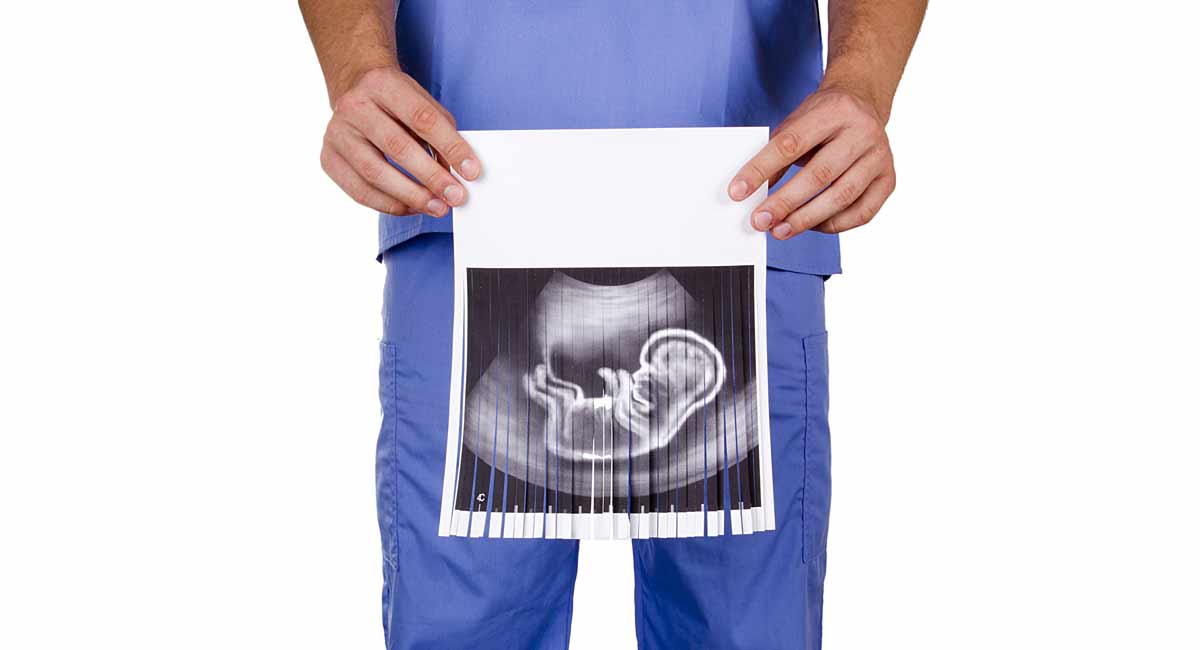(The Daily Signal) “Pregnancy kills, abortion saves lives.” So proclaimed a recent New York Times commentary by Dr. Warren Hern. Talk about clickbait.
The fact is, abortion ends life.
A fetus is a living human being. The human heart starts beating in early pregnancy. Hence, the recent rise of “fetal heartbeat laws,” designed to protect life. In Roe v. Wade, the Supreme Court ruled that fetal life lacks the (ill-defined) trait of “personhood,” but it never denied that such life is a living human being.
I’ve worked as an obstetrician/gynecologist for 28 years, and I am grateful for the responsibility to care for two patients: the preborn baby and his/her mother. I love and value both of their lives, and I have no doubt that each unborn human has the potential to make significant contributions to the world.
I am not alone. Studies indicate that 9 out of 10 OB-GYNs will not perform an abortion when requested by their patients. That statistic alone should dispel the false assertion that abortion is a necessary part of women’s health care.
In his column, Hern repeated a common claim that “abortion is safer than childbirth.” Yet he must be aware that the studies supposedly documenting a low risk of death from induced abortion are based on very poor data. For starters, they rely on voluntary reporting—a notoriously weak methodology.
READ: Roughly 80% of late-term abortions are elective. Here’s how we know.
Moreover, they are woefully deficient in death certificate documentation. High-quality records-linkage studies from Europe show that 94% of abortion-related deaths are not identified on death certificates. Thus, the abortion-related deaths documented by the Centers for Disease Control and Prevention represent only the tip of the iceberg.
Using what little data it could collect, the agency concluded that the risk of maternal mortality rose dramatically throughout the period of pregnancy. The risk following an early second trimester abortion was 15 times higher than if the abortion had been performed at eight weeks, 30 times higher in the mid-second trimester, and 76 times higher after viability.
Abortion advocates often claim that later abortions occur infrequently. In fact, around 100,000 are performed every year after the first trimester. This includes 13,000 abortions occurring after viability, when the fetus has the potential to survive separated from his/her mother.
As for saving the mother’s life, almost none of these later abortions are performed due to health problems. Rather, they occur as a result of external developments affecting the mother’s mental and emotional state—things such as indecision, partner abandonment, or coercion.
There are more reasons to be skeptical of reports assuring the American public that abortion is safer than childbirth (or Tylenol, or a shot of penicillin). The large-scale studies that presumably document the safety of the procedure have been conducted by pro-choice advocates from the Guttmacher Institute and other ideologically similar organizations.
There’s a great deal of money being made in the abortion industry. Abortions cost $500-$10,000 each. Revenues and profits rise as abortion access increases. Consequently, studies produced by the industry should be evaluated carefully and confirmed by independent researchers.
Lawmakers were not content to blindly believe the tobacco industry when it assured the nation that smoking was safe and did not cause cancer. Likewise, they should be skeptical of reports and assurances from the abortion industry. The paucity of data begs for more investigation.
A frequent argument made for allowing late abortions is that they may be necessary to save a woman’s life. It is true that we are seeing more high-risk mothers due to advancing maternal age and chronic illnesses such as obesity, hypertension, and diabetes.
READ: Why women have late-term abortions, according to the abortion industry
But it is also true that we now have an entire obstetric sub-specialty—maternal fetal medicine—devoted to helping a mother and child make it safely through a pregnancy. In the rare event that pregnancy poses a risk to a woman’s life after viability, her obstetrician can deliver her by induction or C-section without sacrificing the baby.
Abortion advocates would have you believe that childbirth is extremely dangerous. Yet, the U.S. maternal mortality rate is only 18 per 100,000 live births. Yes, I wish it were zero—the death of even one mother is an unspeakable tragedy. But the risk of dying in childbirth is only slightly higher than the risk of dying in a motor vehicle accident (10.3/100,000 in a given year).
Despite these odds, we do not avoid riding in a car to conduct our daily activities. Why should we argue that women end the lives of their unborn children in order to protect their own?
Editor’s Note: This article was published at The Daily Signal and is reprinted here with permission.
“Like” Live Action News on Facebook for more pro-life news and commentary!







